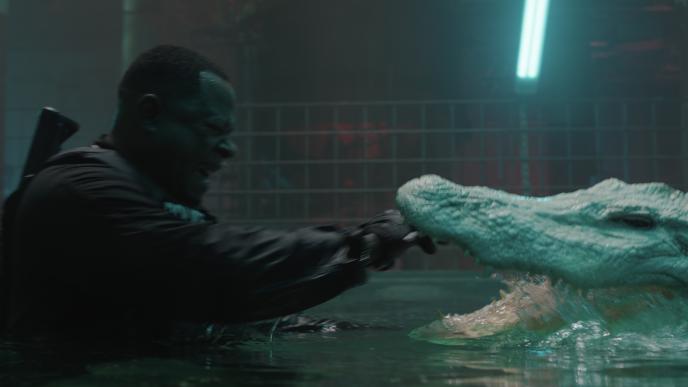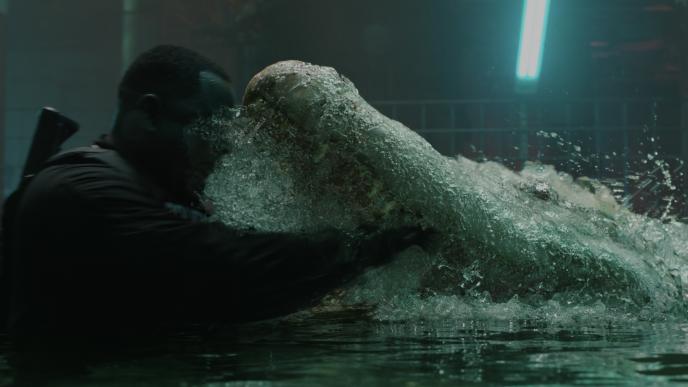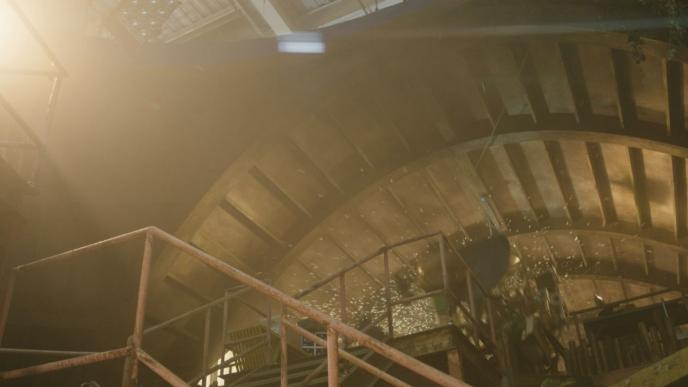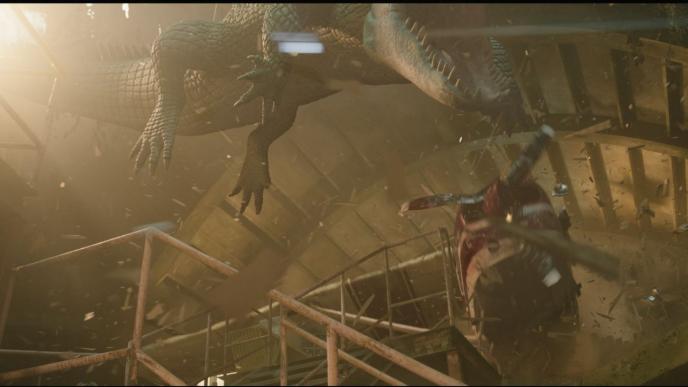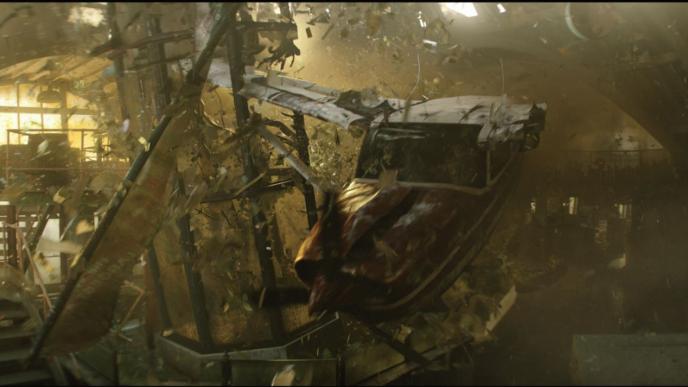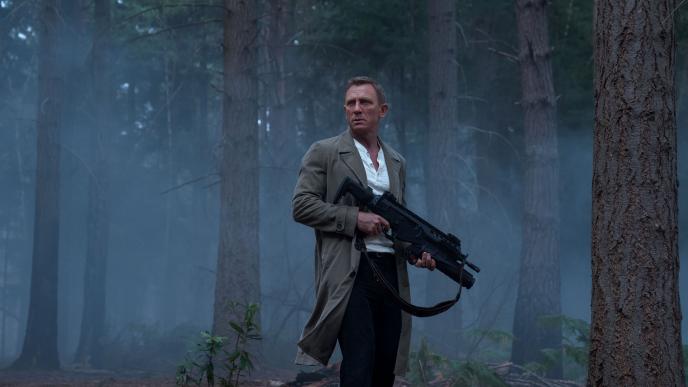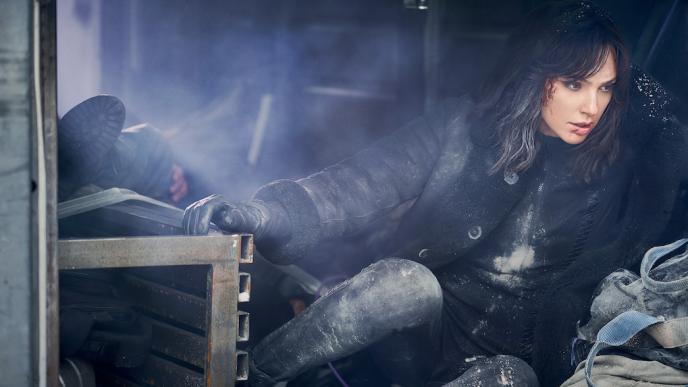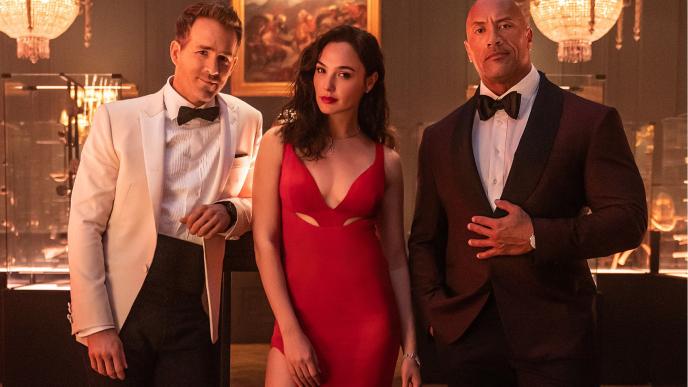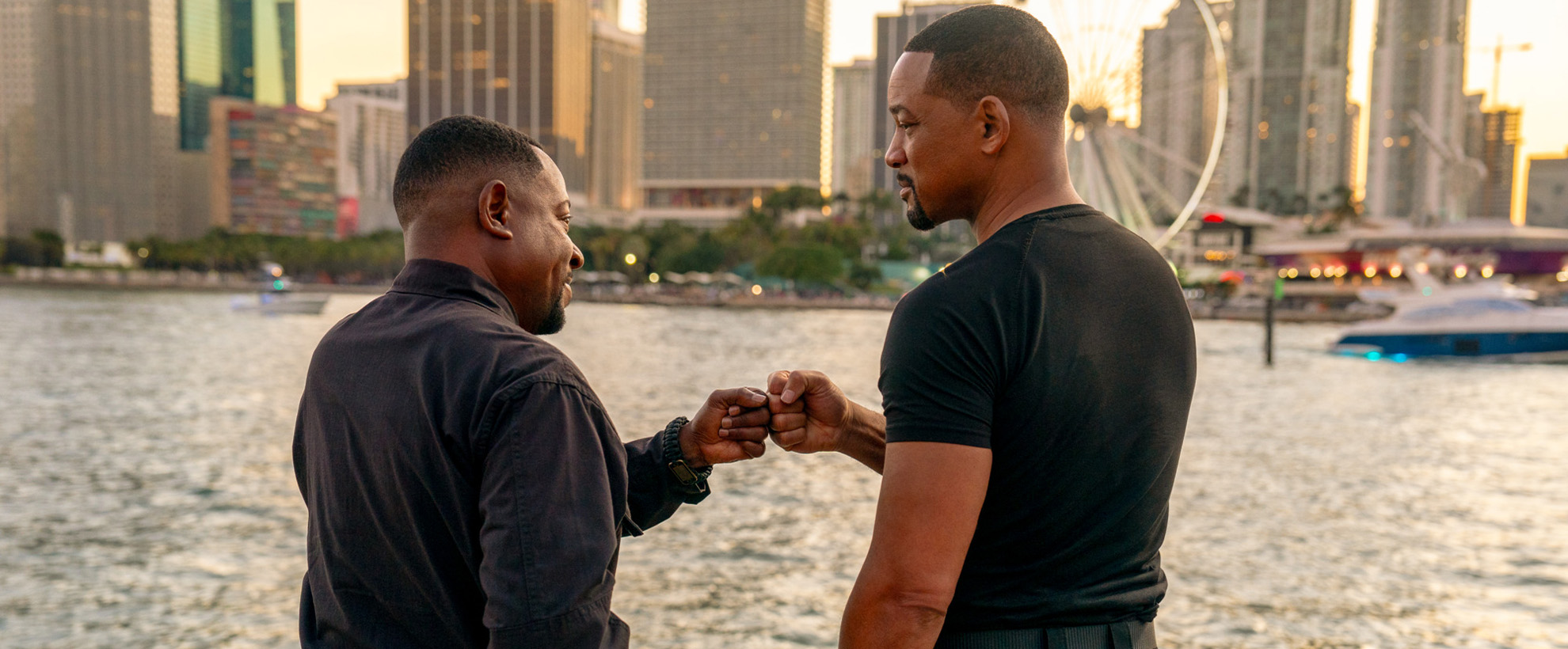
Bad Boys: Ride or Die
Directed by the dynamic duo Adil El Arbi and Bilall Fallah, and VFX supervised by Kris Sundberg, Bad Boys 4: Ride or Die brings Miami’s favourite detectives, Mike Lowrey (Will Smith) and Marcus Burnett (Martin Lawrence), back into action for their wildest ride yet, This time, they’re on a high-stakes mission to clear their boss, Captain Howard, who’s been framed as a drug smuggler. With cops and criminals hot on their heels, Mike and Marcus must navigate a treacherous landscape to unmask the real villains. Packed with explosive action and laugh-out-loud comedy, this film delivers everything you love about the Bad Boys in a classic, adrenaline-pumping style.
Led by Visual Effects Supervisor, Dom Hellier, Framestore’s Melbourne and Mumbai teams masterfully crafted 133 stunning shots for the film. From eye-popping creature animation to intricate and explosive visual effects sequences, their work seamlessly enhances the film’s fast-paced narrative.
Bringing Duke to Life
The world’s largest 14-foot albino alligator and a true one-of-a-kind - Duke shows up in one of the film’s pivotal action sequences. “The initial brief for Duke was to build a 13-16 feet albino alligator,” says Joint Head of Model Texture, Ray Leung. The client had a puppet on set so obviously our digital asset couldn't be too different from what's been used in the shot. But the question was which elements we should retain from the set puppet and what we could introduce to make Duke more authentic.”
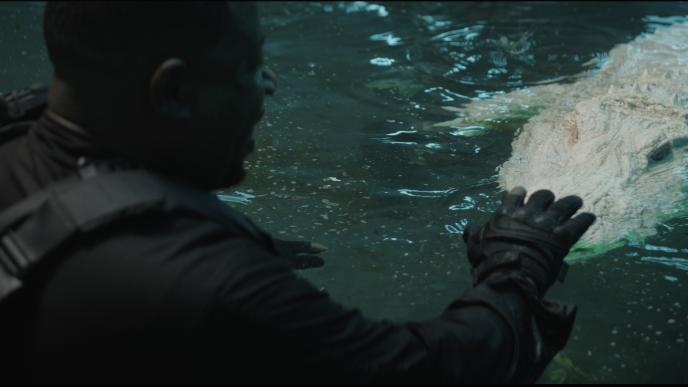
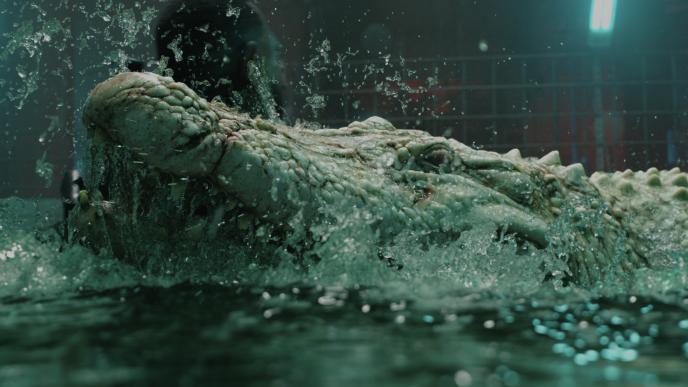
The team meticulously perfected Duke's intricate scale patterns and lifelike eye textures for stunning realism. "We used Voronoi noise in Houdini for the base scale pattern, created a detailed scale mask in Mari, and used Substance Designer for color breakup and high-frequency displacement," states Leung. "Substance Painter was used for high-res textures and additional masks, especially for the eye close-up shot.” For Duke's hero shot, the team referenced a Smithsonian crocodile to enhance his intimidating look.
What made this shot particularly tricky was getting Modelling to create the reptile’s third eyelid while ensuring it had the backing of realistic animation and skinning when it blinked. Our teams refined the workflow to add a meniscus that responds accurately to the eyelid and holds up to close scrutiny.
From an animation perspective, “We developed a high-resolution eye rig for the necessary fidelity of movement,” adds Nick Tripodi, Head of Animation.
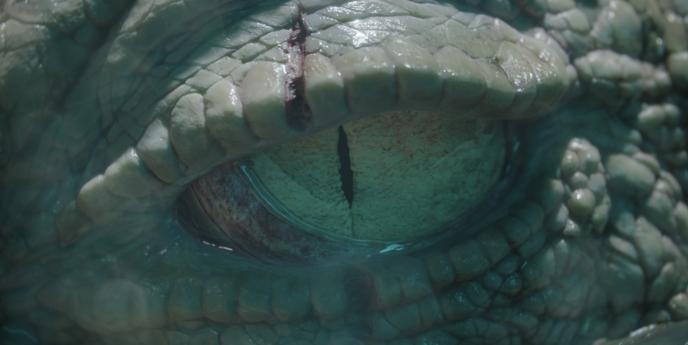
“Animating Duke was an exercise in trying to hew as close to reality as possible,” says Tripodi. To capture the subtle nuances of an alligator's movement through water, the team meticulously studied and referenced footage of real alligators, carefully analyzing how they float, glide and explode into action when they attack. “For the attacking shots, understanding the mechanics of an alligator's death roll was crucial,” says Tripodi. “We leaned heavily on reference footage, studying it carefully to make sure we stayed true to the anatomy and biomechanics of a real alligator.”
Duke's Under Water Chronicles
“The Duke water simulations were demanding due to the proximity of the cameras and the need to blend seamlessly with real water dynamics,” explains Paul Waggoner, Senior FX Artist. “We incorporated a custom-optimized surface tension solver into Houdini's FLIP solver to capture realistic droplet and tendril formations. Additionally, we used a point cloud-based ripple solver for fine-scale surface turbulence and developed custom solvers for underwater bubbles and surface foam to achieve close-up realism. For shots with water washing over the camera lens, we devised techniques to deform water geometry to match the screen space water line.”
"One of our biggest challenges was integrating CG elements with live-action photography,” adds Hellier. “The FX team used clever techniques to sculpt starting meshes and drive them with roto, ensuring the water sims matched the practical water."
Seeing the first comps of Duke’s attack sequences, with water splashes, bubbles, and other effects, was a highlight as the CG elements blended seamlessly with the live-action shots
Inside Gatorland
In the third act of the film, an action-packed battle sequence unfolds in an abandoned alligator park. “The client built most of the interior on set, so our work focused on digital extensions and CG replacements of structures and objects that would interact with a seaplane crashing into the building,” explains Leung. These structures needed to be FX-friendly for destruction.
The team split the Gatorland asset into interior and exterior sections for easier management. “On-set photography helped us recreate the interior,” says Leung. The exterior took longer, involving a design process to experiment with different materials for the dome and roof. The team ultimately settled on shingles and thatch.
The thatching was a crucial feature to the asset and it was also a big challenge as we were trying to be economical with the poly count and render time
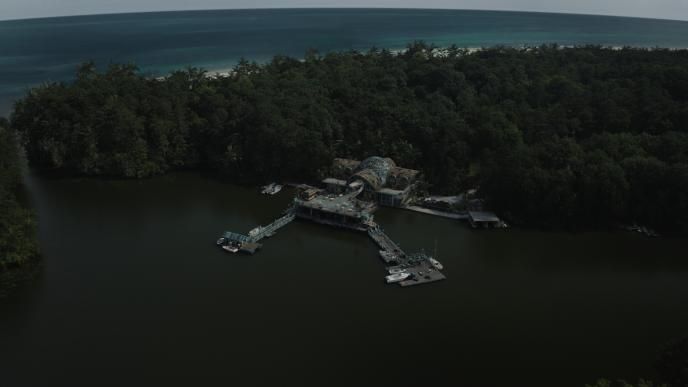
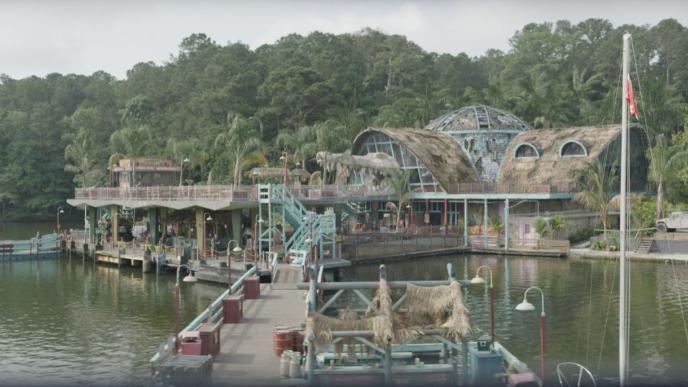
“Instead of grooming the thatch or populating the entire roof with thatch geo, we used tileable texture as a base to get the coverage; various height maps and opacity maps to create that messy look of an abandoned thatch roof; and some additional thatch dressing to break up the silhouette. In the end, the team was super pleased with the result," explains Leung
As the name might suggest, the theme park houses even more alligators. “We wanted them to be fearsome and intimidating, but they also couldn’t outshine Duke since he’s meant to be the world’s largest gator,” says Leung. “The ‘secondary’ gators are about nine feet long, slimmer and with shorter tails. They also have way less of battle-scarring than Duke.”
Engineering the Seaplane Crash
The thrilling moment when the seaplane collides with Gatorland required meticulous attention to detail in order to capture the scene’s full dynamic impact. The team received three sets of scans from the client which were used as reference points in building the seaplane. “Because the intention was for the seaplane asset to be damaged and destroyed over the course of our sequences, we had to work out how and when this damage occurred,” explains Leung. “It took a bit of pre-planning to establish how many variants would be needed. We started with the clean variant with no damage. Most of the external hull was modelled as individual panels so we could rip them apart through different stages. Once the default variant was complete, we moved on to the damaged variants.” The seaplane finally ended up with five variants: default (clean), tail damage, wing damage, in-between damage and aftermath damage.
We gave the animation team utility meshes that could seamlessly transition between various stages of damage, giving animators precise control over the timing and severity of the impact
"Additionally, our seaplane texture was developed using a layering system, allowing damage at different stages to be controlled by masks. This enabled the Lookdev team to fully manage which damage could be added or removed in any specific shot," says Leung.
“We worked hard to maintain continuity in the destruction while making each shot exciting and compositionally pleasing throughout the entire seaplane crash sequence,” concludes Hillier. “Seeing the full edit of FX QCs allowed us to refine the sequence in finer detail. When we finally saw it come to life in the first renders from Lighting, it was an incredibly rewarding and exhilarating experience for the entire team.”
Bad Boys 4: Ride or Die Premiered in theatres on 7th June 2024

